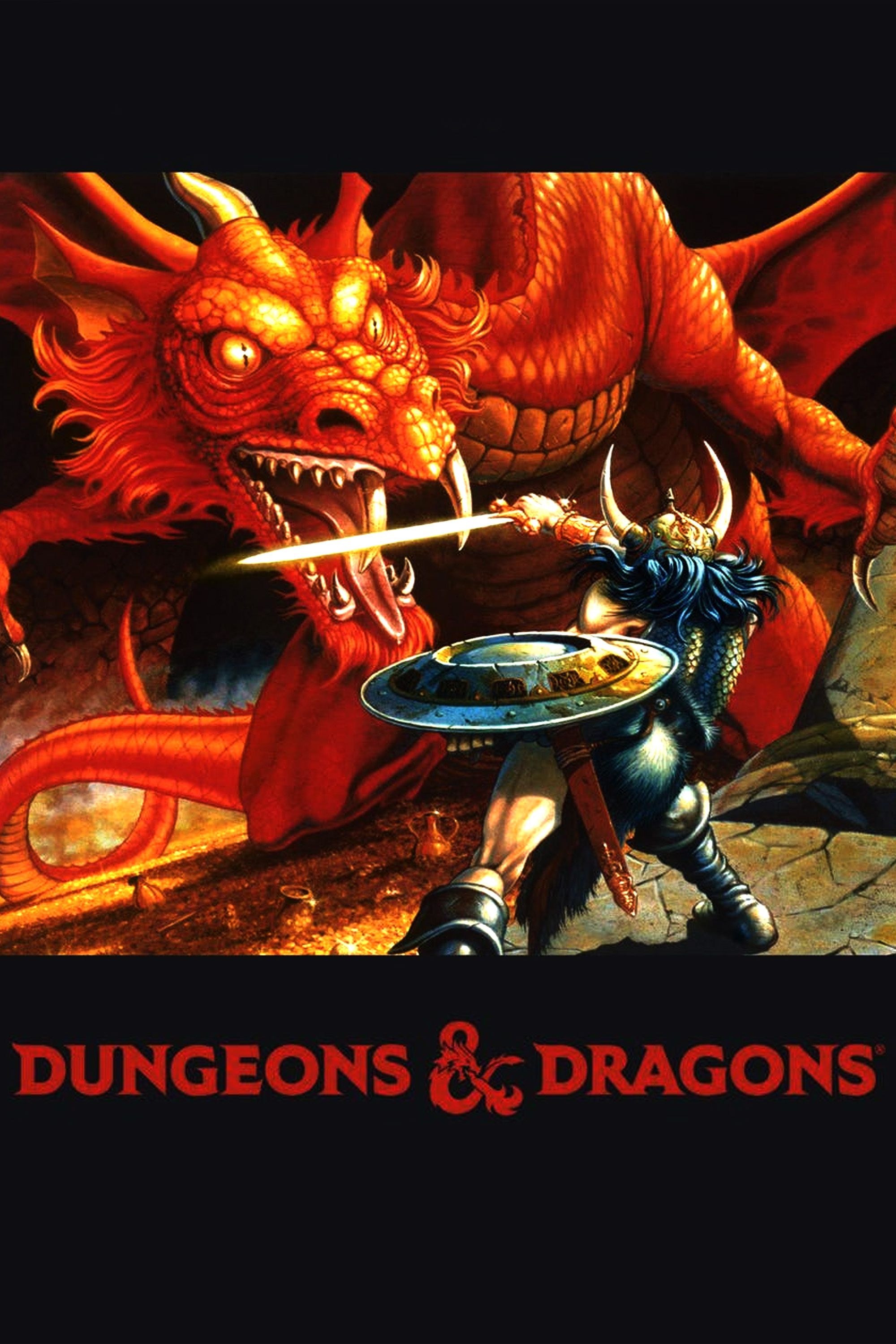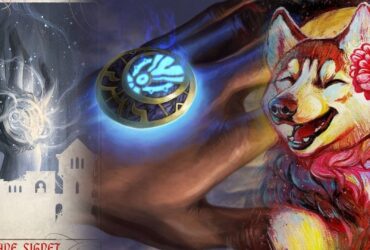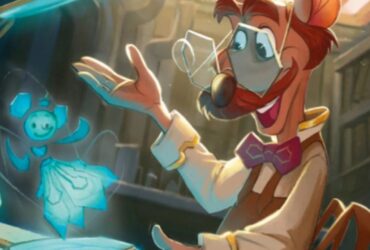Summary
- D&D 5e is beginner-friendly with easier rules, while Pathfinder 2e is complex and customization-focused.
- Pathfinder 2e has a more intricate combat system with a three-action setup, D&D 5e is simpler but strategic.
- D&D 5e has bounded accuracy with modest bonuses, Pathfinder 2e offers a higher power scale for character progression.
From the most popular Tabletop RPGs, Dungeons & Dragons 5e and Pathfinder 2e stand out when it comes to medieval fantasy settings. These games boast millions of players worldwide, delivering distinct experiences. However, both are built on the same foundational mechanics, offering familiar elements to players, such as the use of 20-sided dice and similar gameplay concepts.

Related
10 Mistakes To Avoid As A New DM In Dungeons & Dragons
Discover beginner tips for new Dungeon Masters in Dungeons & Dragons and avoid common mistakes for better adventures.
While they share common mechanics, the differences between Pathfinder 2e and Dungeons & Dragons 5e indicate different design approaches. Pathfinder 2e emphasizes deep customization and complexity, while Dungeons & Dragons 5e prioritizes accessibility and simplicity, particularly for new players, and these differences affect not only the game mechanics but also the overall experience as well.
10 Dungeons & Dragons Has An Easier Learning Curve
Pathfinder 2e Requires More Time To Master Its Mechanics
For beginner players who have never been exposed to tabletop RPGs, Dungeons & Dragons is an excellent starting point. It boasts a simpler learning curve and a larger community for seeking opinions and additional materials. Consequently, the rules are easier to understand and apply during sessions.
While D&D focuses on accessibility, Pathfinder 2e takes a different approach, with a steeper learning curve due to the complexity of its rules. Although Pathfinder itself is an evolution of Dungeons & Dragons 3.5, it introduces significant changes. As a result, it is a game geared toward players who enjoy deeper mechanics and creating characters with more detailed character options.
9 Different Levels Of Depth And Customization
Each RPG Has Its Own Focus
One of the main differences between D&D 5e and PF2e lies in the level of customization each game offers to players. Dungeons & Dragons adopts a philosophy that is more beginner-friendly, simplifying character creation with many key choices, such as subclasses and similar options, made during the early levels of the character sheet.
On the other hand, Pathfinder 2e features a more intricate system for players interested in making each character unique. This personalization makes some mechanics more complicated due to the number of feats and other available abilities. However, nearly every level presents important decisions, allowing each build to be truly unique.
8 Combat Systems Differ Between The Two
The Action Economy Of D&D 5e And PF2e Is Distinctive
With its three-action system, Pathfinder 2e allows players to have greater flexibility when choosing their actions. This allows for multiple attacks with penalties for each hit, movement, item usage, or abilities, with each action consuming a portion of the three available.
In contrast, Dungeons & Dragons opts for simplicity with a traditional mechanic where players have access to one action, one movement, and a bonus action each turn. While not as complex, this mechanic effectively supports what the RPG aims to deliver during combat, providing ample space for players to plan their moves strategically.
7 Pathfinder Has A Higher Power Scale
Bonuses In Dungeons & Dragons Tend To Be More Modest
The 5th edition of Dungeons & Dragons was created under the concept of bounded accuracy, a philosophy that keeps the game’s math more restrained, preventing bonuses from scaling to very high values throughout level progression. This ensures that all additions and other calculations performed during the game remain simpler.

Related
Pathfinder 2e: 10 Best Playable Ancestries, Ranked
Ancestries are key to creating cool character concepts in Pathfinder. Understanding the best Ancestries in the game helps you make the right choice.
On the other hand, Pathfinder 2e offers characters a much larger power scale, with bonuses and other values gradually increasing as levels rise. Thus, each game excels in what it offers, where D&D 5e allows for greater parity among players, while PF2e provides a stronger sense of progression.
6 Critical Hit Mechanics Differ
Each TTRPG Has Its Own Nuances
Rolling a natural 20 on a d20 is an iconic moment in TTRPGs, but Dungeons & Dragons and Pathfinder handle critical hits differently. In D&D 5e, a natural 20 on an attack roll is always a critical hit, ignoring the target’s Armor Class. However, this rule does not apply to skill checks, being exclusive to attack rolls.
In Pathfinder 2e, critical hits depend on the margin of success. A roll that exceeds the difficulty by 10 or more is a critical success, triggering bonuses or additional effects for attacks and spells. Conversely, results that are 10 or more below the required value cause critical failures, often accompanied by severe consequences.
5 Dungeons & Dragons Skills Are Simplified
Proficiency Bonuses Are Nearly Consistent
The skill mechanics in Dungeons & Dragons 5e are streamlined to facilitate gameplay. Characters are either proficient or not in a skill, adding their proficiency bonus to the check if trained. While this maintains uniform progression, some exceptions, such as feats that grant Expertise, allow doubling the bonus, though they are less common.
In contrast, Pathfinder 2e’s skill mechanics offer a bit more variety. They have different tiers that characters advance through as they gain levels. Initially, heroes are considered only trained in a given skill, but as they progress, they can reach Legendary proficiency, with higher bonuses that reflect the character’s growth throughout their journey.
4 Pathfinder 2e Has More Feats Than Dungeons & Dragons 5e
Players Can Choose One At Almost Every Level
Pathfinder 2e’s feats, such as ‘Power Attack’ or ‘Battle Medicine,’ offer diverse ways for players to tailor their characters through a range of choices, from general feats to skills and ancestry feats. This allows players to acquire new abilities and powers from different sources, showcasing the game’s high level of customization.
On the other hand, this abundance of numbers and power sources can be cumbersome to manage at higher levels, as players are constantly gaining new features. This is not the case in Dungeons & Dragons 5e, where feats are an optional mechanic obtained at certain levels and have a simpler implementation.
3 Pathfinder 2e Offers More Classes
Numerous Published Books Add New Options For Players
Wizards of the Coast introduced Dungeons & Dragons 5e in 2014 and the only additional class created that isn’t in the Player’s Handbook is the Artificer, introduced in supplemental books within the franchise. Nevertheless, many subclasses are available in additional materials, allowing classes to be adapted according to each campaign’s setting.
In contrast, Pathfinder 2e provides a greater variety of classes, frequently expanding options with new releases that aren’t included in the Core Rulebook. While some are similar to those in D&D 5e, others are exclusive to Paizo’s system, such as the Investigator and the Summoner, further expanding the possibilities for players.
2 Dungeons & Dragons 5e Has More Settings Than Pathfinder 2e
D&D Features A Multiverse Setting
As a system that has been around longer than Pathfinder 2e, Dungeons & Dragons has introduced numerous settings throughout its history, such as Forgotten Realms, Greyhawk, and Dragonlance. In recent editions, the concept of a multiverse has been adopted, allowing players to experience stories in different and unique environments based on the group’s preferences.

Related
The 32 Best D&D Campaigns Of All Time, Ranked
Sometimes creating a Dungeons & Dragons adventure can be difficult. Those struggling should try these amazing pre-made journeys!
In contrast, Paizo has consistently developed and expanded within the same setting, Golarion, since the first edition of Pathfinder, without branching out into other universes. However, despite PF2e being confined to a single world, the diverse regions within Golarion offer varied playstyles, catering to the different tastes of players.
1 Pathfinder Rolls Lack Advantages And Disadvantages
Significant Distinction Between The Two Systems
One of the primary mechanics that Dungeons & Dragons offers, which is not available in Pathfinder 2e, is the advantage and disadvantage system. In D&D 5e, this mechanic is crucial for all characters, allowing them to roll two d20s and take the higher or lower result, depending on the situation. This significantly alters the likelihood of an action succeeding.
In Pathfinder 2e, however, this mechanic is rarely used. Some abilities do allow players to roll two dice and choose one result, but most often, minor advantages are translated into bonuses. For example, if a character flanks an opponent, it might be represented by a penalty to the target’s Armor Class instead of granting an advantage to the attacker.

Dungeons and Dragons
- Franchise
- Dungeons & Dragons
- Original Release Date
- 1974-00-00
- Designer
- E. Gary Gygax , Dave Arneson





















Leave a Reply